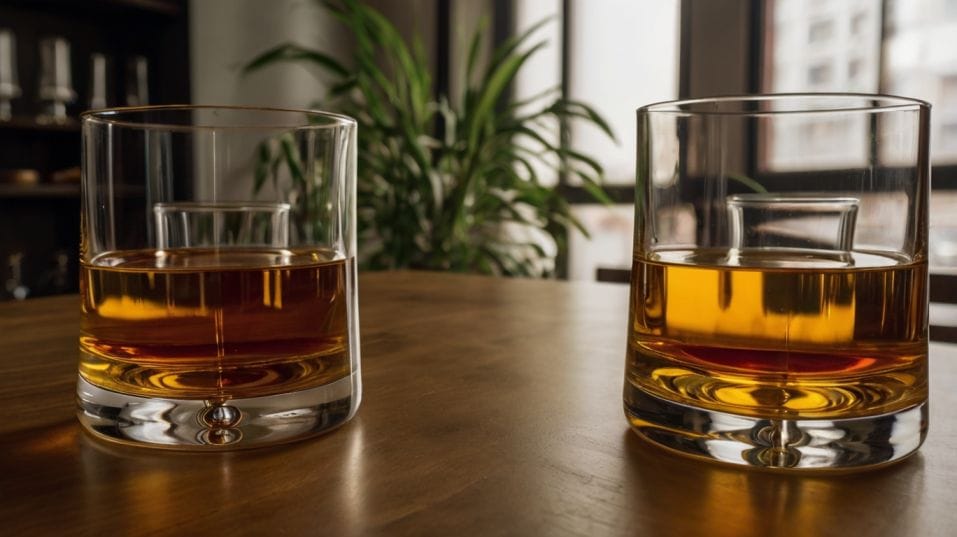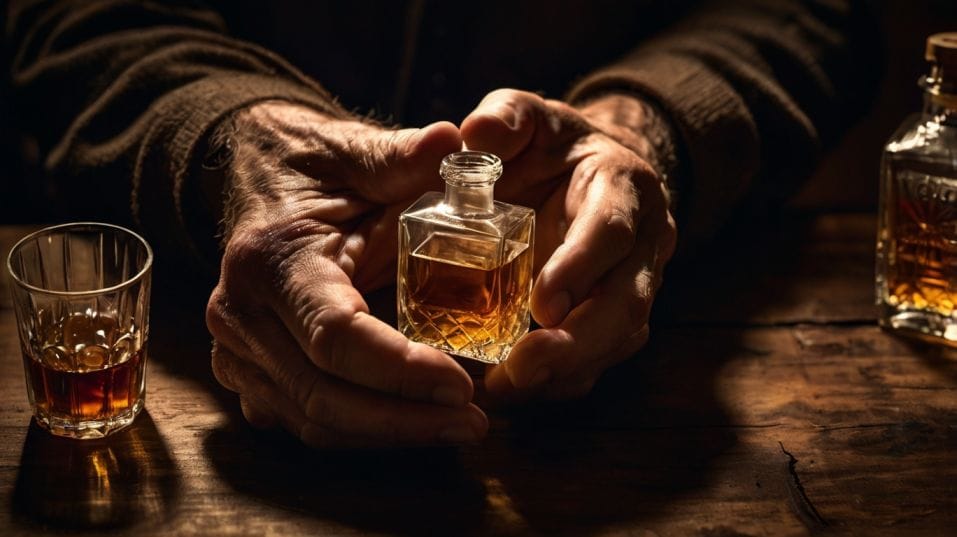Why Some Countries Add an ‘E’ and Others Don’t
Why do some bottles say “whiskey” and others “whisky”? Learn what that one letter reveals—and how it can guide smarter sipping.

Ever wonder why some bottles say “whiskey” and others “whisky”? That one missing letter isn’t just a spelling quirk—it’s a clue.
If you’re new to whiskey and serious about learning what you like, knowing the reason behind that “e” gives you an edge.
It hints at where a spirit’s from, how it’s made, and what it might taste like before the first sip. Get curious, and you’ll start tasting smarter, one bottle at a time.
Spelling Isn’t Style—But It’s a Strong Clue
The difference between whiskey and whisky isn’t just historical. It tells you something real about how that spirit was made, what kind of flavors it might lean into, and what philosophy shaped it.
It’s a marker of origin, technique, and approach. Countries that drop the “e”—Scotland, Japan, Canada—tend to produce spirits rooted in tradition. Think structure, elegance, balance.
These whiskies are usually distilled with tight control and long aging timelines, often aiming for subtlety over showmanship. There's patience in these bottles.
Countries that keep the “e”—the U.S. and Ireland—usually favor richer, more immediate flavors. There’s more emphasis on the cask, on body, on sweetness and spice.
It’s not about being louder or simpler. It’s about a different kind of pleasure: more obvious on the first sip, with big flavor payoffs and friendly profiles.
Understanding that context doesn’t limit you. It gives you an edge. It helps you buy better bottles, ask smarter questions, and know what you’re tasting—before you even pop the cork.

A Historical Split That Stuck
The divide between whiskey and whisky isn’t just about language—it’s about legacy. The split didn’t appear overnight, and it wasn’t random. It came out of competition, pride, and a battle over what quality was supposed to mean.
So how did this split happen in the first place?
Go back to the 19th century. Ireland had a booming whiskey trade. Their pot stills produced smooth, clean spirits with mass appeal.
At the same time, Scotch whisky was evolving in a different direction, experimenting with blends and using column stills for volume. Some of it was excellent. A lot of it wasn’t.
To set their product apart, Irish distillers began using the “e.” It wasn’t just branding—it was a move to claim quality.
When Irish immigrants brought their distilling knowledge to America, the spelling came with them. Over time, “whiskey” became the norm in the U.S., especially as bourbon and rye developed their own uniquely American identities.
Meanwhile, Scotland held its ground. So did Japan, which modeled much of its early production directly after Scotch traditions. Canada, too, kept the “whisky” spelling as it refined its own distinctive, rye-heavy approach.
So now you’ve got a map. “Whiskey” usually means Ireland or the U.S.—bolder, rounder, sweeter.
“Whisky” points to Scotland, Japan, or Canada—more structured, restrained, layered. And even though today’s producers break plenty of rules, the spelling is still a solid tell.
The Flavor Signals Behind the Spelling
You’re not drinking history. You’re drinking flavor. But history shapes flavor more than most people realize.
When you see whisky, expect intention. The Scots distill slow and age long, often in used barrels that won’t overwhelm the base spirit.
Japanese whisky adds surgical precision, balancing clarity with umami depth. Canadian whisky—often rye-forward—leans into smoothness with just enough spice to keep it interesting.
These pours tend to evolve in the glass. Air matters. Water matters. They don’t punch you in the mouth. They reward attention.
Whiskey brings a different rhythm. American bourbon? It’s aged in brand-new, heavily charred oak. You’re getting caramel, vanilla, toasted wood, cinnamon, sometimes cherry.
Rye whiskey dials up the spice and sharpens the finish. Irish whiskey, especially the traditional pot still style, delivers a creamy texture with light fruit and soft grain notes.
These are spirits you can enjoy right out of the bottle—no ceremony needed. But don’t mistake approachability for lack of complexity.
The best American and Irish whiskeys age gracefully, deepen with time, and hold their own in any serious tasting.
What to Do With This Knowledge
Knowing the “e” rule doesn’t make you a whiskey expert. But it gives you a framework.
Next time you see a bottle on the shelf—or a menu full of names you’ve never heard—use the spelling to orient yourself. Not as a hard rule, but as a strong starting point.
See a bottle of whisky from Japan? Expect elegance. Prepare to slow down. See a new whiskey from a small American distillery? Expect boldness.
Pay attention to the grain and the cask. See something that breaks the rules entirely—like an American producer using “whisky” on the label?
Now you know to dig deeper. That’s usually a signal they’re chasing a Scotch-style flavor profile. They want you to notice. And now, you will.
This is how collecting gets interesting. You stop chasing brands and start following technique. You stop buying hype and start hunting flavor. And you start building a palate that’s yours—because you actually know what you’re tasting.
Final Thoughts
That one-letter difference? It’s not a typo. It’s a clue. A lens. A way to read between the lines of a label and make sharper calls—on what to buy, how to taste, and what to explore next.
So try this: pick up one bottle labeled whisky and one labeled whiskey. Pour them side by side. Smell them, sip them, let them sit. Don’t just notice the differences—ask yourself why they’re different. You’ll start connecting dots most drinkers miss.
Taste wide. Collect with purpose. Learn fast. And never let a small detail slide by without asking what it’s trying to tell you.




